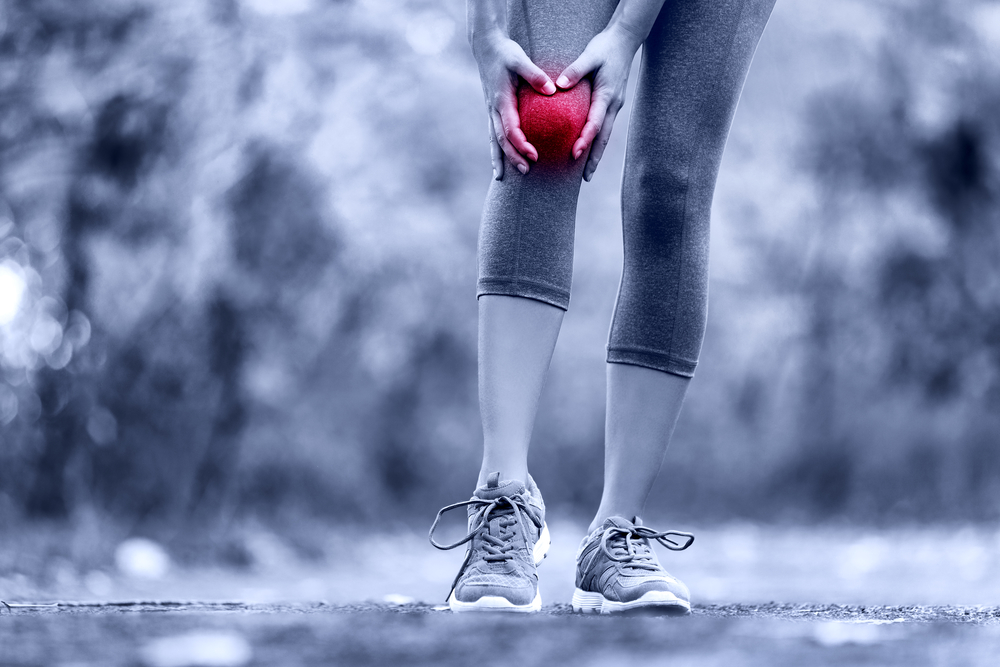
Everything You Need to Know About ACL Injuries
Categories: General Orthopedics / News / Sports Medicine
Knee injuries can be especially painful. Your ACL (anterior cruciate ligament) is one of the key ligaments that stabilize your knee joint. Basically, your ACL is a tissue band of ligaments that hold the bones in your knee together. The purpose of your ACL is to prevent your tibia bone from sliding out in front of your femur.
So what are ACL injuries? How do they happen and how do you know if yours is torn? We’ve discussed some tips for rehabilitation before. But in this post we’ll provide you with some further information regarding ACL injuries and answer some of the most frequently asked questions.
1. What is an ACL Injury?
An ACL injury is a tear or sprain of the anterior cruciate ligament (ACL). Your ACL is one of the most vital ligaments in your knee, and a tear can be very painful. It’s one of the most common knee injuries, with over 100,000 reported annually in the U.S. alone.
ACL injuries most commonly occur with athletes. Sports that demand a high level of physical activity often cause them. While there are numerous sports injuries that affect student athletes, an ACL is one of the most common and painful. If the game requires sudden changes in direction or jumping and landing, an ACL injury is likely to occur. This kind of activity causes the knee to rotate inward and tear the ligaments.
Sports like basketball, soccer, football and skiing mostly lead to tears in the ACL. Now that cold weather is on its way, it’s important to prepare your knees and prevent knee injuries, especially if you’re a runner. Female athletes are at a higher risk for ACL injuries than male athletes. This is most likely due to differences in muscle anatomy.
A rapid change in direction, abrupt stops, incorrectly landing from a jump, or a significant collision can all cause tears in the ligament.
2. Symptoms of an ACL Injury
The first and most common indicator of a torn ACL is a loud “pop” within the knee. Many who experience a torn ACL will feel their knee “give out” from under them. A sudden, severe pain in the area will follow.
Your knee will swell within the next 24 hours. If you’re experiencing any symptoms of a torn ACL, it’s important to seek medical care immediately. When an ACL injury is ignored, you are at a much greater risk for further damage.
3. Torn ACL Treatment
Depending on the severity of the injury, the ideal treatment for a torn ACL will vary. In most cases, surgery is required to properly heal, while in other cases, nonsurgical options can work for the patient. Sports medicine involves exploring all possible non-invasive approaches to treatments.
For patients with a lower level of physical activity, nonsurgical treatment is sufficient. For example: elderly patients who don’t strain their knees as much with activity can be treated without surgery. Furthermore, a torn ACL for elderly patients can sometimes be treated with a brace or a physical therapy regimen.
If you regularly strain on your ACL with frequent exercise, then your ACL must be reconstructed with surgery. Your torn ACL will be surgically replaced with a tissue graft for new ligaments to grow on.
Seek Orthopedic Care
At Central Orthopedic Group, we have a complete understanding of just how crippling orthopedic injuries can be. The risk of dislocations, fractures and tears can increase with age, or occur from athletic activities. As Long Island’s leading orthopedists, our specialty is treating and diagnosing injuries.
Conclusion
If you suspect your ACL is torn, do not ignore it. Contact Central Orthopedic Group today so we can take a look and come up with a treatment plan.
The team at Central Orthopedic Group specializes in the care of your injured ligaments, bones, tendons and joints. Our Sports Medicine Specialist, Dr. Scott Silverberg, will assist you in making the best-informed decision possible regarding the management of your ACL injury, and create a course of action to bring you back to your top performance level, while decreasing the chance of further damage.
